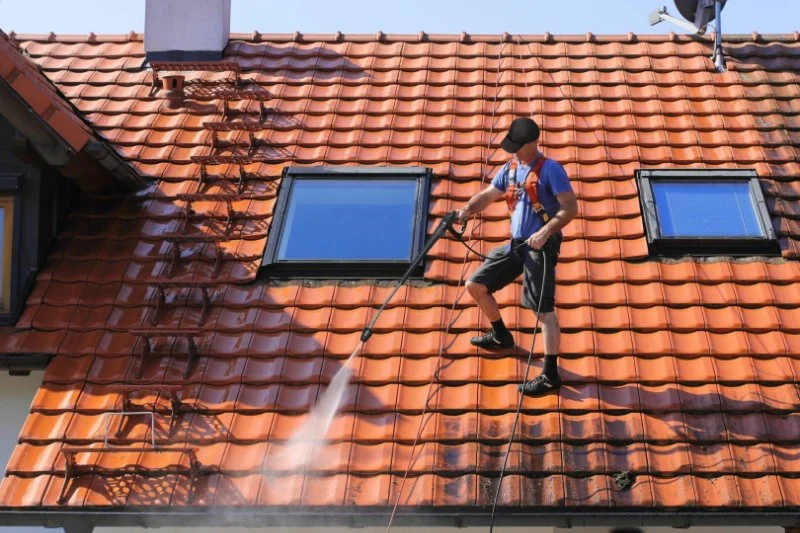
- Understanding Roof Mold and Mildew
- Why Roof Mold and Mildew Form
- Health Risks of Roof Mold and Mildew
- How to Remove Roof Mold and Mildew
- Preventing Roof Mold and Mildew
- When to Call Professionals for Mold and Mildew Removal
Understanding Roof Mold and Mildew
Roof mold and mildew are common issues for homeowners, especially in areas with high humidity or frequent rain. These fungi thrive in damp, poorly ventilated areas and can cause both structural and health problems if left unchecked. Mold and mildew typically appear as unsightly black or green spots on the underside of the roof, attic, or roof rafters, but they can also spread throughout your home. It's crucial to address roof mold and mildew early to prevent long-term damage and health risks.

Eastbound commercial roofing
PhiladelphiaPhiladelphia CountyPennsylvania
1700 Market St #1005, Philadelphia, PA 19103, USA
Why Roof Mold and Mildew Form
Roof mold and mildew typically develop in areas with excess moisture. The presence of water, combined with poor ventilation, creates an ideal environment for these fungi to grow. Understanding why mold and mildew form on your roof can help you take steps to prevent them from returning in the future.
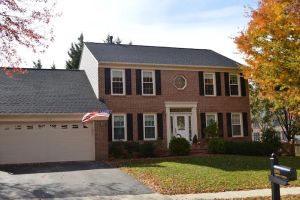
The Home Wise Pros
Ellicott CityHoward CountyMaryland
3290 Pine Orchard Ln a5, Ellicott City, MD 21042, USA
1. Poor Roof Ventilation
Improper ventilation in your attic can trap moisture, creating a damp environment that encourages mold and mildew growth. Without proper airflow, condensation can build up on the underside of the roof, providing moisture that fungi thrive on.
2. Leaks and Water Damage
Roof leaks or water damage from storms, clogged gutters, or broken shingles can create areas of standing water in your attic or on the roof. These water sources act as breeding grounds for mold and mildew, especially if the water is allowed to sit for extended periods.
3. High Humidity and Temperature Fluctuations
In humid climates, high moisture levels in the air can increase the likelihood of mold and mildew forming on your roof. Similarly, rapid temperature changes can cause condensation to build up, especially in areas with poor insulation.
Health Risks of Roof Mold and Mildew
Roof mold and mildew are not just cosmetic problems; they can also have serious health implications for the residents of the home. Prolonged exposure to mold and mildew can trigger respiratory issues, allergic reactions, and other health problems. Here are some potential health risks:
1. Respiratory Issues
Inhaling mold spores or mildew can irritate the respiratory system, leading to symptoms such as coughing, wheezing, nasal congestion, and difficulty breathing. This is especially concerning for individuals with asthma, allergies, or pre-existing respiratory conditions.
2. Allergic Reactions
Many people are allergic to mold and mildew spores. Symptoms of a mold allergy can include sneezing, itching, skin rashes, and red, watery eyes. In some cases, mold exposure can exacerbate existing allergies or asthma.
3. Fungal Infections
In rare cases, mold exposure can lead to fungal infections, particularly in individuals with weakened immune systems. This can cause more serious health complications, requiring medical attention.
How to Remove Roof Mold and Mildew
Once you've identified mold or mildew on your roof, it’s important to act quickly to prevent further damage. Here's a step-by-step guide on how to remove roof mold and mildew:
1. Safety First
Before you begin cleaning mold or mildew, make sure to wear protective gear, including gloves, a mask (preferably an N95 respirator), and eye protection. This will help protect you from inhaling spores and coming into contact with moldy surfaces.
2. Clean the Affected Areas
To clean roof mold and mildew, use a mixture of one part bleach to three parts water. Apply the solution to the affected areas using a spray bottle or a sponge. Let it sit for 15-20 minutes before scrubbing with a soft brush or cloth. Be sure to rinse thoroughly with clean water to remove any leftover cleaning solution.
3. Consider Using Commercial Mold Removers
If bleach is not effective, there are also commercial mold removers available that are specifically designed for roofs and exteriors. These products are often milder than bleach and may be safer for your roof materials.
4. Dry the Area Thoroughly
After cleaning, ensure the area is thoroughly dried. Use fans or dehumidifiers to remove moisture from the space, and if possible, improve ventilation to prevent mold from returning. Check the area periodically to ensure the mold is fully removed.
Preventing Roof Mold and Mildew
Prevention is key to avoiding mold and mildew on your roof. Here are some steps you can take to prevent these fungi from growing in the future:
1. Improve Attic Ventilation
Ensure that your attic has proper ventilation to allow moisture to escape. Consider installing ridge vents, soffit vents, or exhaust fans to improve airflow and reduce humidity levels in the attic.
2. Maintain Your Roof
Regular roof maintenance is essential to prevent leaks and water damage. Inspect your roof regularly for damaged shingles, cracks, or clogged gutters. Address any issues promptly to prevent water from seeping into your attic or roof structure.
3. Install a Vapor Barrier
If you live in a high-humidity area, consider installing a vapor barrier in your attic. This will help prevent moisture from accumulating in the space and reduce the chances of mold and mildew growth.
When to Call Professionals for Mold and Mildew Removal
While DIY methods can be effective for removing mold and mildew, there are times when it’s best to call in a professional. If the mold covers a large area, if the problem persists despite cleaning, or if you're unsure about the safety of cleaning the roof yourself, it’s wise to consult with a mold remediation expert. They have the proper equipment, experience, and expertise to handle severe mold infestations safely and effectively.
For professional roofing and mold solutions, check out BeachCo Roofing Hub, where you can find expert services to handle roof maintenance, mold removal, and more.

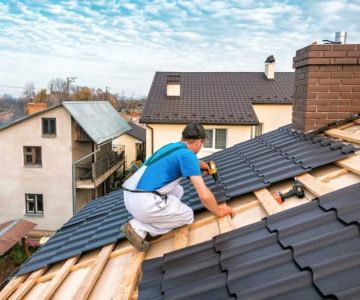
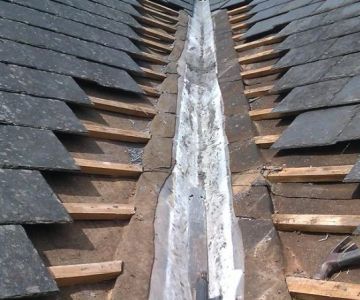
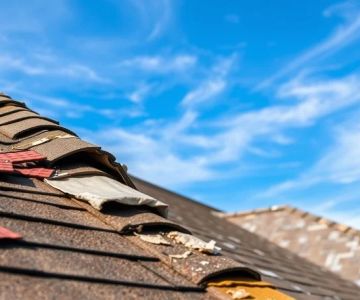
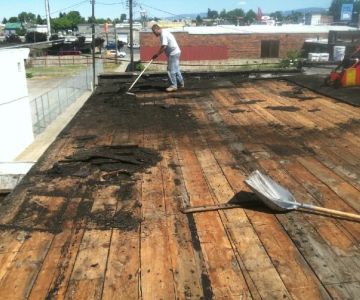
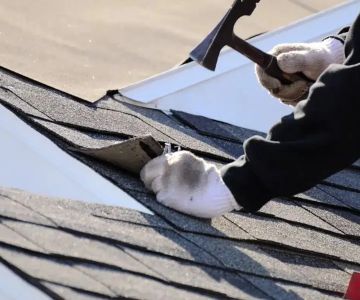
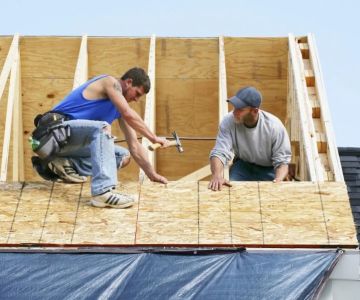
 Roofing, Windows and Siding by 2B Development Corp5.0 (1 reviews)
Roofing, Windows and Siding by 2B Development Corp5.0 (1 reviews)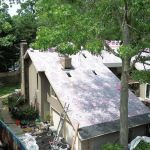 Twin Shield Roofing5.0 (11 reviews)
Twin Shield Roofing5.0 (11 reviews) Roofing By Carl's0.0 (0 reviews)
Roofing By Carl's0.0 (0 reviews)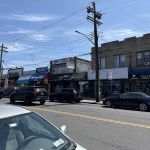 Fleming Roofing & Leak Repair5.0 (13 reviews)
Fleming Roofing & Leak Repair5.0 (13 reviews)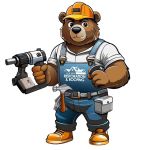 Best Restoration And Roofing4.0 (16 reviews)
Best Restoration And Roofing4.0 (16 reviews)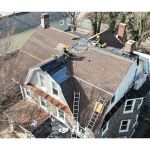 AP Roofing5.0 (228 reviews)
AP Roofing5.0 (228 reviews) What is a Roofing System Health Report? A Proactive Assessment Tool
What is a Roofing System Health Report? A Proactive Assessment Tool How to Identify and Repair Roof Damage from Long-Term Shade and Moisture
How to Identify and Repair Roof Damage from Long-Term Shade and Moisture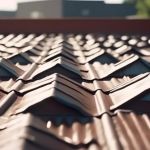 The Importance of Roof Ventilation: How It Prevents Mold and Lowers Energy Bills | BeachCo Roofing Hub
The Importance of Roof Ventilation: How It Prevents Mold and Lowers Energy Bills | BeachCo Roofing Hub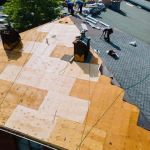 The Cost of a New Roof with a 50-Year Warranty: What You Need to Know
The Cost of a New Roof with a 50-Year Warranty: What You Need to Know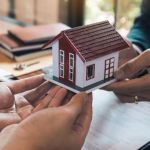 The Average Cost of a Roof Warranty Transfer When Selling a Home
The Average Cost of a Roof Warranty Transfer When Selling a Home The Cost of Roofing Labor vs. Materials: Breaking Down the Invoice
The Cost of Roofing Labor vs. Materials: Breaking Down the Invoice